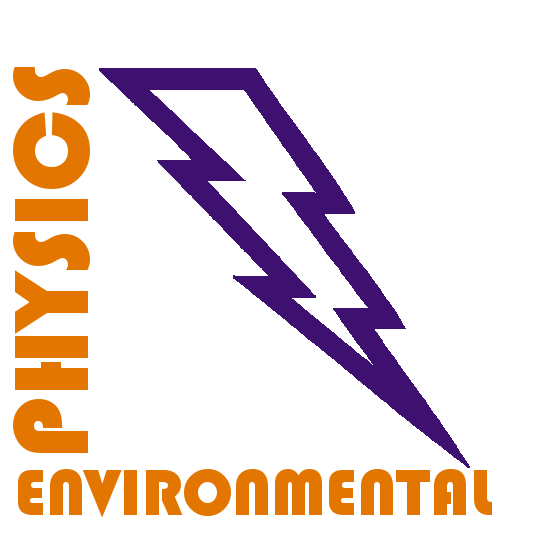Spectroscopic investigations of atmospheric pressure microwave torch nitrogen plasma
Foltin V., Leštinská L., Machala Z.
22nd Symp. Appl. Plasma Phys., Prague, Czech Rep. (2006)
požiadaj o kópiu
|
|
Abstrakt: Microwave (MW) torches are typically used to produce equilibrium plasmas for various
industrial applications. We present spectroscopic investigations of atmospheric pressure
afterglow plasmas generated by a Litmas Red MW torch (2.45 GHz, 3 kW) in nitrogen.We
employ optical diagnostics: emission spectroscopy and digital photography to characterise
the plasma jet. Contrary to standard MW torch geometries (where the gas °ows upstream
the cavity perpendicular to the MW wave guide), we use special nozzles where the gas is
inserted via two tangential inlets on top of the MW cavity. Plasma produced into the torch
swirls up tangentially through the inlet. We tested several nozzles with di®erent gas inlet
angles and diameters. We present a systematic study of the nitrogen afterglow plasma
jet parameters. Varying MW power and gas °ow rates results in varying plasma jet sizes
and properties. The more energy is inserted in the °owing gas, the greater emission and
higher plasma temperatures are obtained. Plasma temperatures are determined from the
CN violet system by comparing experimental and simulated (LIFBASE) spectra. Axial
pro¯les of the emission intensity and photo{documentation characterise the evolution of
the jet in space. A small admixture of oxygen results in di®erent excited states chemistry,
which was apparent from the emission spectra.
|

